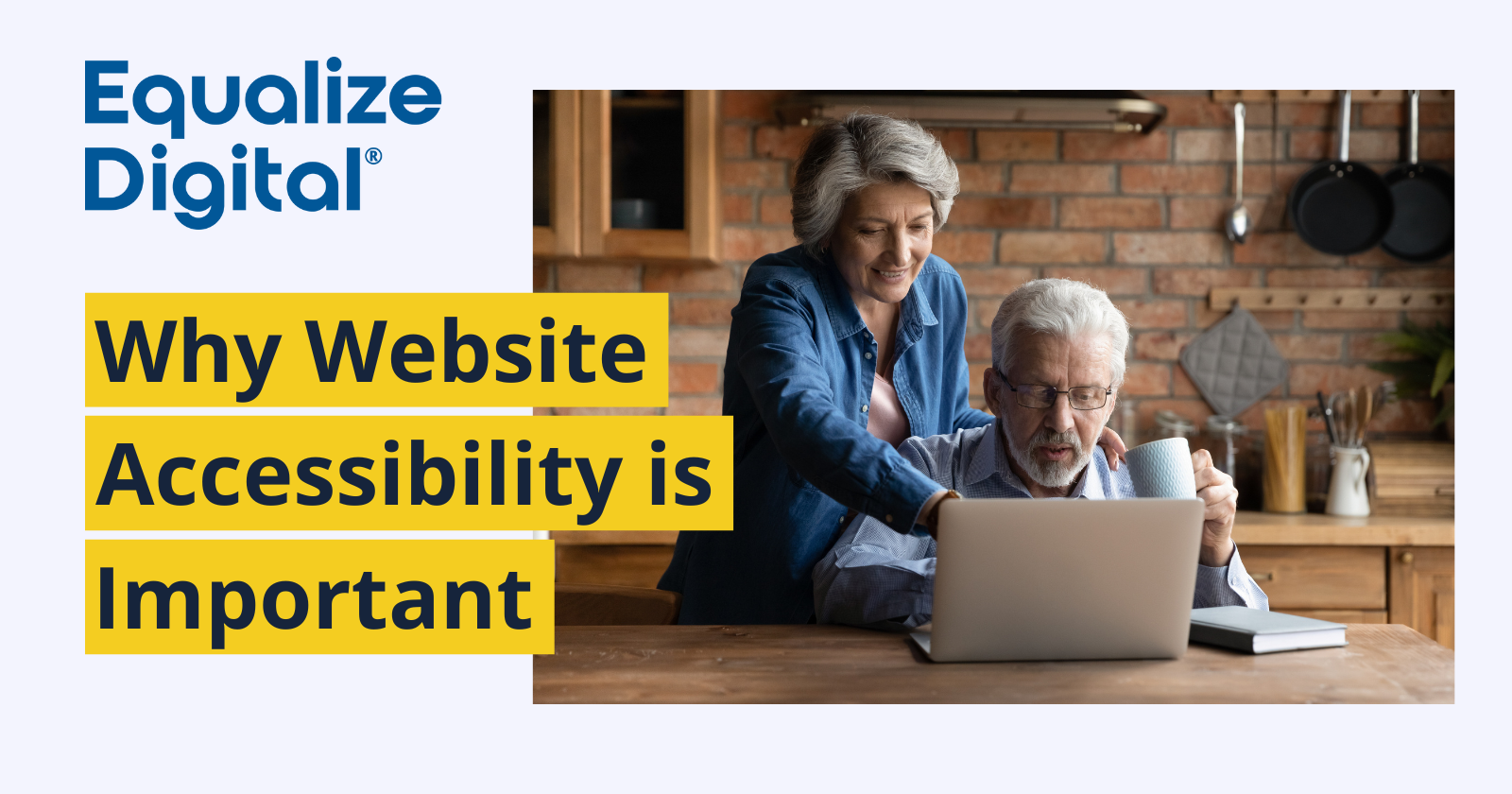
As of 2024, more than 5.5 billion people rely on the web as an indispensable resource for communication, education, commerce, entertainment, and much more. However, millions around the world face barriers that hinder their web experience, preventing them from fully benefiting from easy internet access.
Prioritizing web accessibility ensures that your online platforms, tools, and technologies are inclusive and enable people with disabilities to engage seamlessly. Here’s why website accessibility is essential and how it benefits individuals, businesses, and society.
What is Website Accessibility?
Website accessibility is about breaking down barriers in the digital space so that everyone, regardless of their abilities, can interact with online content seamlessly. This concept encompasses a wide range of considerations—from ensuring visual elements are adaptable for those with sight impairments to enabling intuitive navigation for users with mobility challenges.
At its core, accessibility is the practice of designing and developing digital tools and platforms that are inclusive and usable by all.
Accessibility doesn’t just cater to permanent disabilities; it also supports people with temporary or situational limitations. For example:
- People using devices with small screens or slow internet connections.
- People with temporary impairments, such as a broken arm.
- People with situational limitations like being in a loud environment.
- Older adults with age-related challenges.
Article continued below.
Stay on top of web accessibility news and best practices.
Join our email list to get notified of changes to website accessibility laws, WordPress accessibility resources, and accessibility webinar invitations in your inbox.
Why is Website Accessibility Important?
Accessibility Expands Your Audience
The internet has revolutionized how people access information, connect with others, and engage with services. However, without accessibility, a significant portion of the population—over 1 billion people globally with disabilities—faces barriers to using websites effectively. In the U.S. alone, approximately 28% of adults live with a disability.
Accessible e-commerce websites can attract more buyers by ensuring everyone can navigate the site, use shopping carts, and complete transactions. Similarly, educational institutions with accessible platforms can support diverse learners effectively. Accessibility broadens reach, drives engagement, and supports inclusivity.
Accessibility is The Law
Laws and regulations worldwide mandate website accessibility to ensure equal access for people with disabilities. These legal frameworks showcase the importance of compliance and set clear guidelines for businesses and organizations.
- United States: In the U.S., the Americans with Disabilities Act (ADA) is one of the cornerstone laws addressing accessibility. Title III of the ADA requires businesses open to the public, including websites, to provide equal access to goods and services. Section 508 of the Rehabilitation Act extends accessibility requirements to federal agencies and their contractors, ensuring everyone can use their digital content and platforms.
- European Union: The EU’s Web Accessibility Directive mandates that public sector websites and mobile applications comply with accessibility standards.
- Canada: The Accessible Canada Act and provincial regulations like the Accessibility for Ontarians with Disabilities Act (AODA) and The Accessibility for Manitobans Act establish requirements for making websites and other digital platforms accessible.
- Global Reach: Australia, China, and Japan also have implemented laws that compel businesses and government entities to make their digital services accessible.
Non-compliance with these laws can have severe consequences. Organizations may face lawsuits, hefty fines, and reputational damage. For example, several high-profile cases in the U.S., such as lawsuits against large retailers and universities, have highlighted the risks of inaccessible websites. Beyond the legal ramifications, failing to meet accessibility standards can alienate a significant portion of the population, impacting customer trust and brand loyalty.
Accessibility Enhances User Experience
Accessibility and user experience (UX) often go hand in hand. Features like clear navigation, sufficient color contrast, and alt text for images benefit all users, not just those with disabilities. For example:
- Captions on videos are helpful in noisy or quiet environments.
- Keyboard navigation aids users whose mice aren’t working.
- Text transcripts reinforce information for learners.
Improving website accessibility can make websites more intuitive and user-friendly, increasing customer satisfaction and retention.
Accessibility Boosts SEO
Search engines prioritize websites with accessible features, as these often align with best practices for web design. For example, using descriptive alt text for images helps screen readers and search engine crawlers. Clear headings and well-structured content improve readability for users and enhance search rankings. By investing in accessibility, businesses can improve online visibility and attract more organic traffic.
Accessibility Drives Innovation
Accessibility challenges designers and developers to think creatively about usability, often leading to innovative solutions. Features like responsive design, voice recognition, and screen magnification—initially created for accessibility—are now mainstream and benefit all users.
How to Start Making Your Website Accessible
Achieving website accessibility requires a proactive approach. Here are five steps to get started:
Understand WCAG Guidelines: Familiarize yourself with the Web Content Accessibility Guidelines (WCAG), which outline principles for making content perceivable, operable, understandable, and robust.
Conduct Accessibility Audits: Regularly test your website for accessibility barriers. Tools like Equalize Digital’s Accessibility Checker can help identify issues and provide actionable insights. You also want to manually test for accessibility.
Implement Best Practices:
- Add alt text to images.
- Use descriptive link text.
- Ensure keyboard navigability.
- Provide captions and transcripts for multimedia.
- Use high-contrast color schemes.
Engage Experts: Partner with web accessibility specialists to ensure your site meets compliance standards and provides a seamless experience for all users.
Educate Your Team: Website accessibility is a collective effort. Train your team on accessibility principles to incorporate them into design, development, and content creation processes.
In the End: Website Accessibility is Important
Website accessibility is powerful for inclusivity, innovation, and business growth. By creating accessible websites, businesses can reach more people, enhance user experiences, and build a positive reputation. At Equalize Digital, we’re committed to helping organizations make the web a more inclusive space for everyone.
Contact us today to learn more about how we can support your accessibility efforts.
